Synopsis
Bacteria reproduce by cloning themselves, and in the right conditions can reproduce very quickly.
- Programme: Bitesize Science
- Channel: BBC Two
- Broadcast year: 2014
- Biology | Infection and response | Micro-organisms and their applications | Bacterial growth
Licence: ERA Licence required
UK only
Staff and students of licensed education establishments only
Cannot be adapted
Add Notes
More clips from Bitesize Science
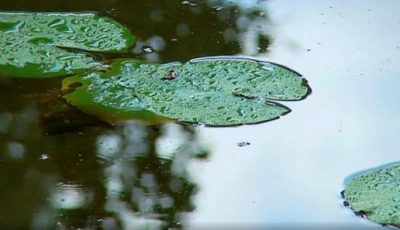
All life needs water | Bitesize Science
All life needs water | Bitesize Science
Osmosis is a special type of diffusion, involving water, where molecules move from a high to a low concentration.
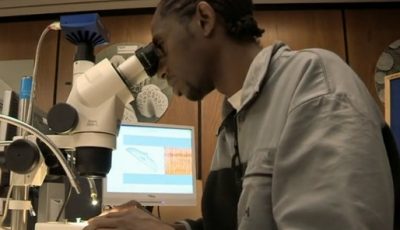
Beneath the surface | Bitesize Science
Beneath the surface | Bitesize Science
Microscopes continue to develop over time, giving us access to increasingly incredible magnification.

Blood Vessels | Bitesize Science
Blood Vessels | Bitesize Science
A short guide on blood vessels in the body.
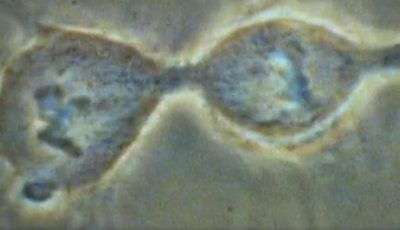
Dance of the chromosomes | Bitesize Science
Dance of the chromosomes | Bitesize Science
Mitosis is a type of cell replication that is essential to the human body's ability to grow and repair.
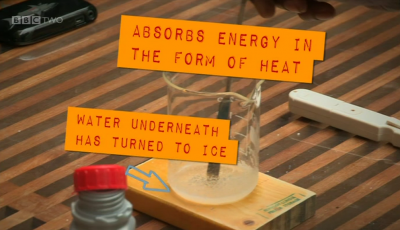
Endothermic and exothermic reactions | Bitesize Science
Endothermic and exothermic reactions | Bitesize Science
Endothermic reactions absorb heat, while exothermic reactions give off heat.

Enzyme power and food as fuel | Bitesize Science
Enzyme power and food as fuel | Bitesize Science
Enzymes are biological catalysts which help us to get the energy we need from food to survive.
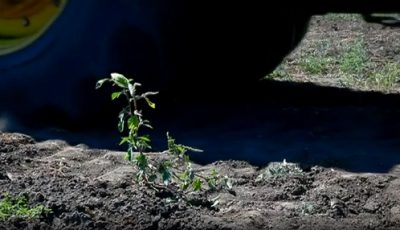
Germination | Bitesize Science
Germination | Bitesize Science
Seeds need the conditions to right in order to be able to germinate.
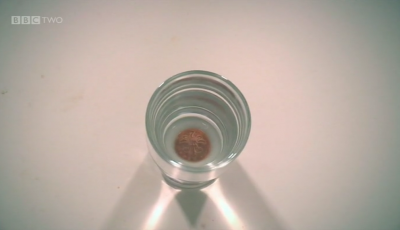
Internal reflection | Bitesize Science
Internal reflection | Bitesize Science
An examination of how light can be internally reflected, and how this is used for carrying information in fibre optic cables.

Newtons laws | Bitesize Science
Newtons laws | Bitesize Science
Newton's laws of motion continue to underpin principles in modern day physics.
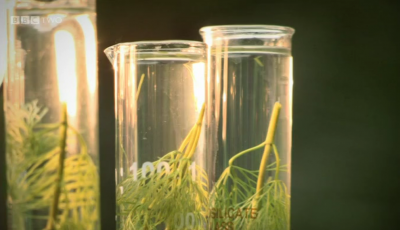
Photosynthisis | Bitesize Science
Photosynthisis | Bitesize Science
Photosynthesis is essential to life on this planet.

Solubility | Bitesize Science
Solubility | Bitesize Science
Solubility is the measure of how much solute can dissolve in a solvent.
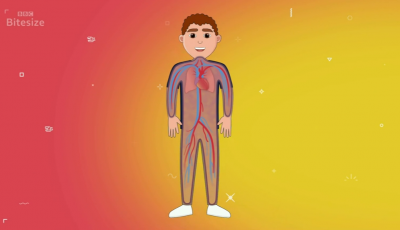
The circulatory system | Bitesize Science
The circulatory system | Bitesize Science
A short guide on the circulatory system.

The feather and the hammer | Bitesize Science
The feather and the hammer | Bitesize Science
Air resistance affects different objects and how they fall differently, just as Galileo suggested.

The force of friction | Bitesize Science
The force of friction | Bitesize Science
Any time one surface moves over another, there is a force of friction.
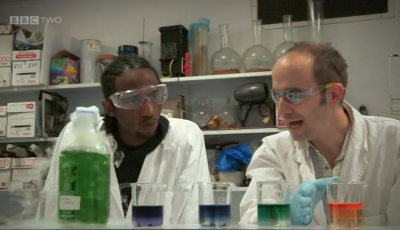
The oceans are changing | Bitesize Science
The oceans are changing | Bitesize Science
Scientists believe that our oceans are becoming more acidic due to the CO2 we are producing being absorbed by the oceans.

The power of invisibility | Bitesize Science
The power of invisibility | Bitesize Science
Light moves at different speeds through different objects, this can make objects appear in a different place to where they actua...

The race is on | Bitesize Science
The race is on | Bitesize Science
The rate of a chemical reaction depends on the temperature, concentration, particle size and any catalysts present.
More resources about Cell division (mitosis and meiosis)

The establishment of Germ Theory | The Cell
The establishment of Germ Theory | The Cell
This clip explores the revolutionary discovery that diseases are caused by microscopic organisms rather than spontaneous generati...
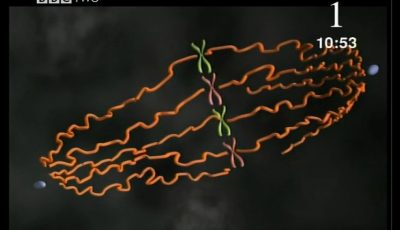
The process of mitosis | Short Circuit
The process of mitosis | Short Circuit
The process of mitosis, seen through a microscope, and then illustrated and explained with a computer simulation.

Mitosis, meiosis and reproduction | GCSE Bitesize Revision
Mitosis, meiosis and reproduction | GCSE Bitesize Revision
Spec references J247: B2.1b, B5.1f, B5.1h J250: B2.1b, B5.1f. Different steps of mitosis, asexual reproduction, di...

Dance of the chromosomes | Bitesize Science
Dance of the chromosomes | Bitesize Science
Mitosis is a type of cell replication that is essential to the human body's ability to grow and repair.
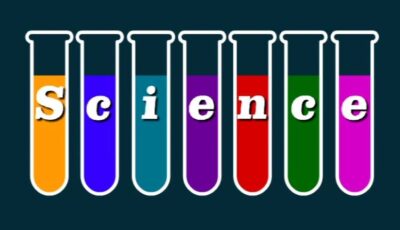
Cell Division | GCSE Bitesize Revision
Cell Division | GCSE Bitesize Revision
Animated shorts to support students preparing for assessments in GCSE Additional Science.
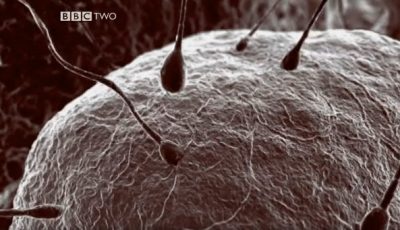
Cell division | i-Science
Cell division | i-Science
What is the role of mitosis and meiosis in the human body?
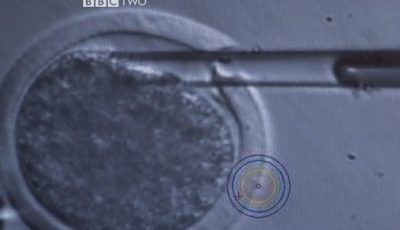
Clones | i-Science
Clones | i-Science
Daphne and Barbara are so similar because they are clones, two people who have exactly the same genetic makeup. When their mother was pregnant, her fertil...
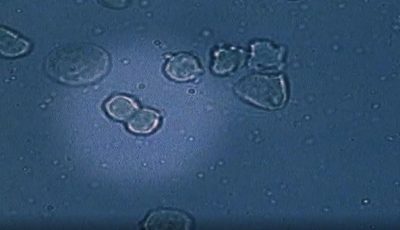
The Discovery of Cell Division | The Cell
The Discovery of Cell Division | The Cell
How little-known scientist Robert Remak came to observe and describe the process of cell division for the first time.
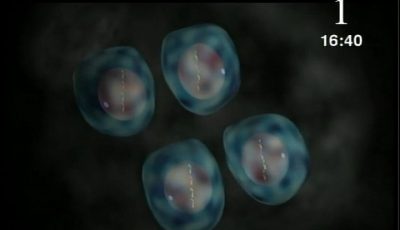
The process of meiosis | Short Circuit
The process of meiosis | Short Circuit
The process of meiosis in sperm and egg cells is explained and illustrated.
